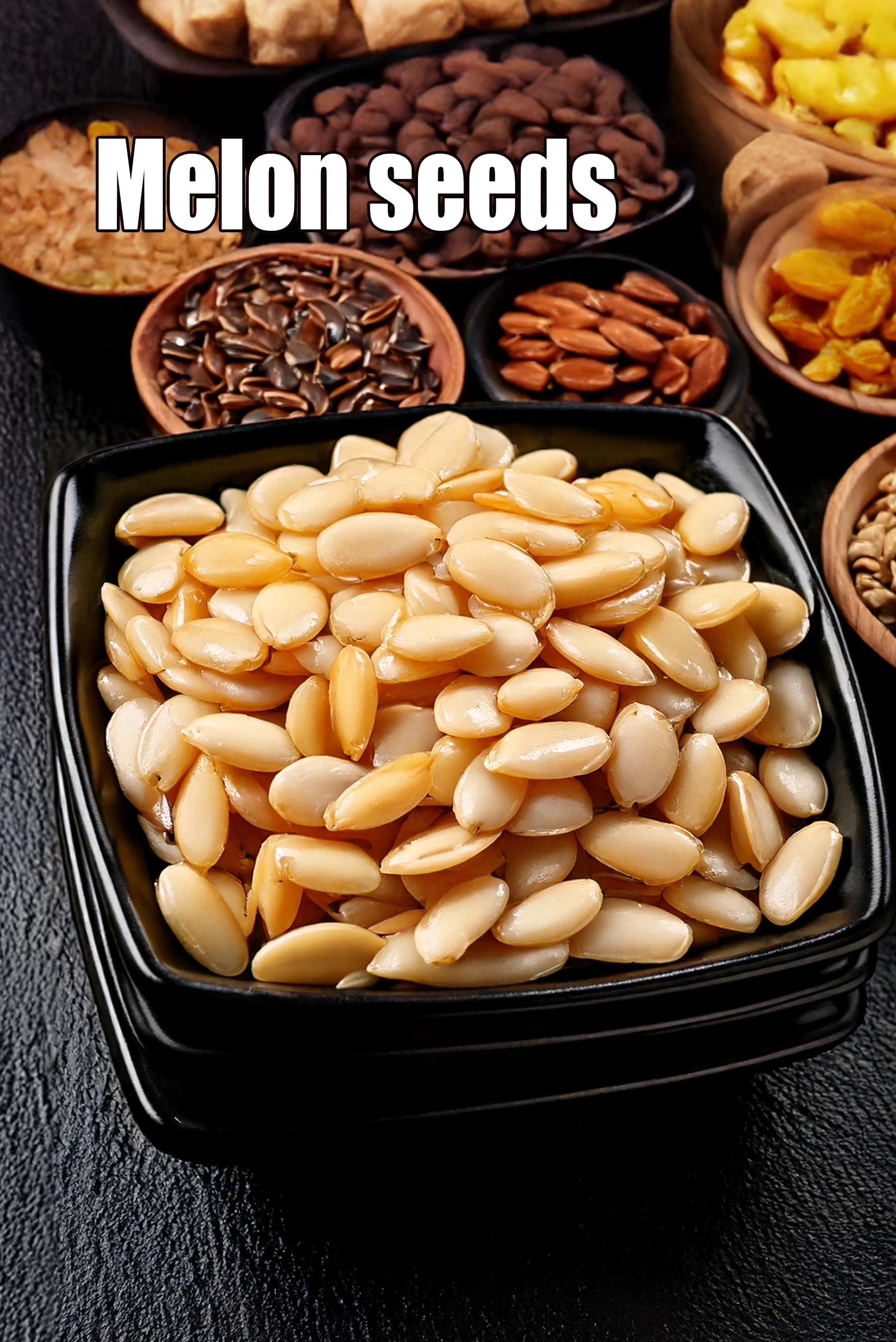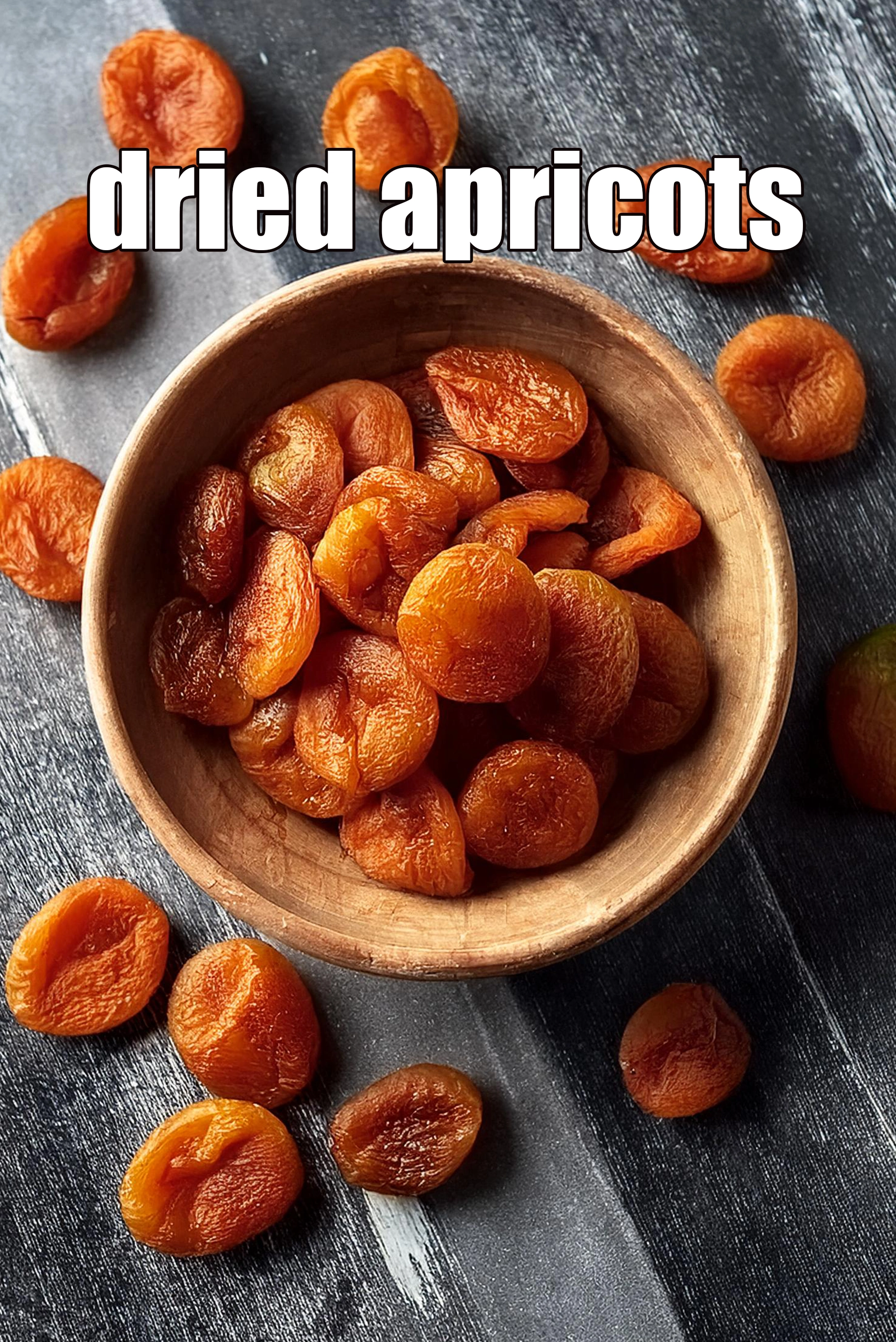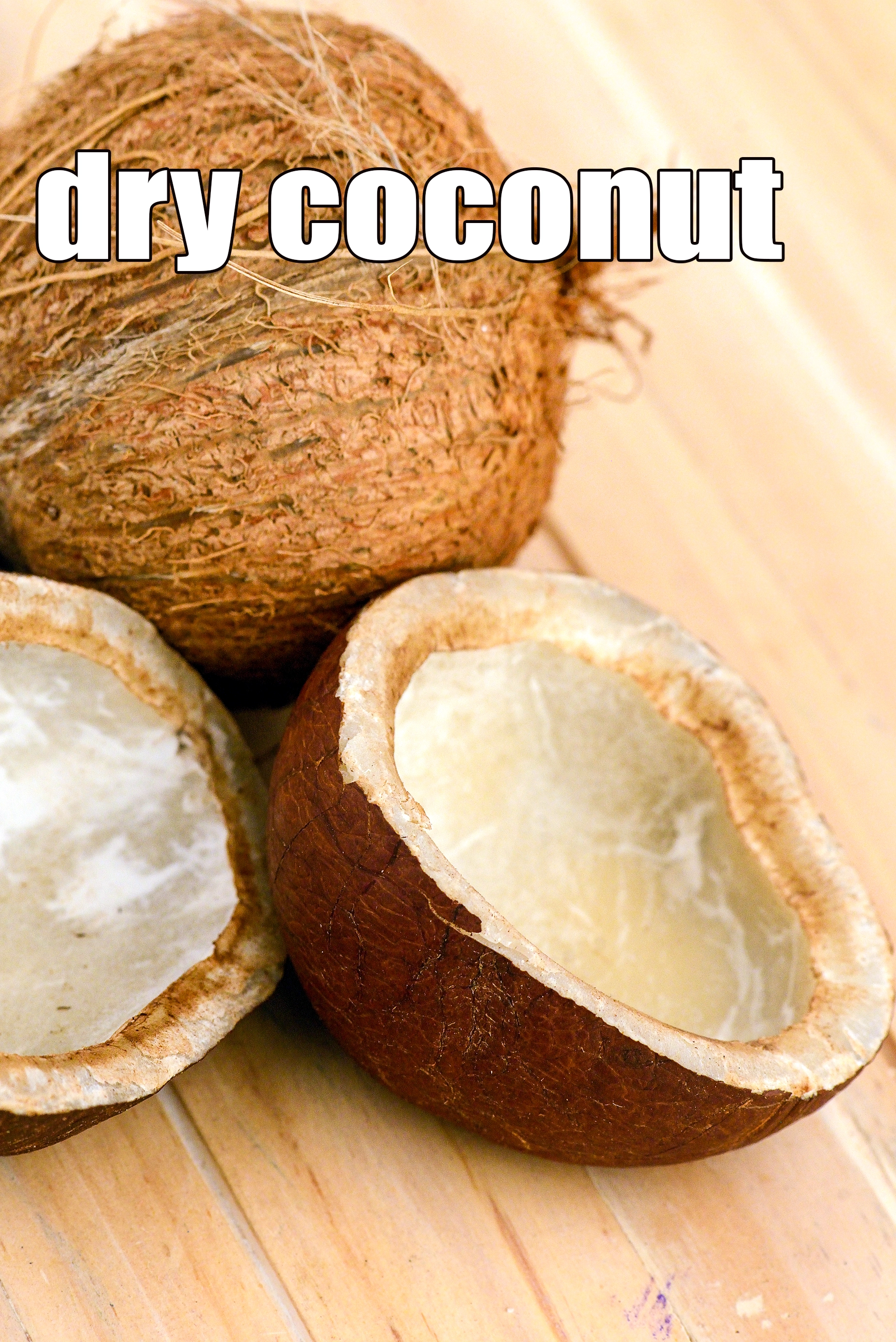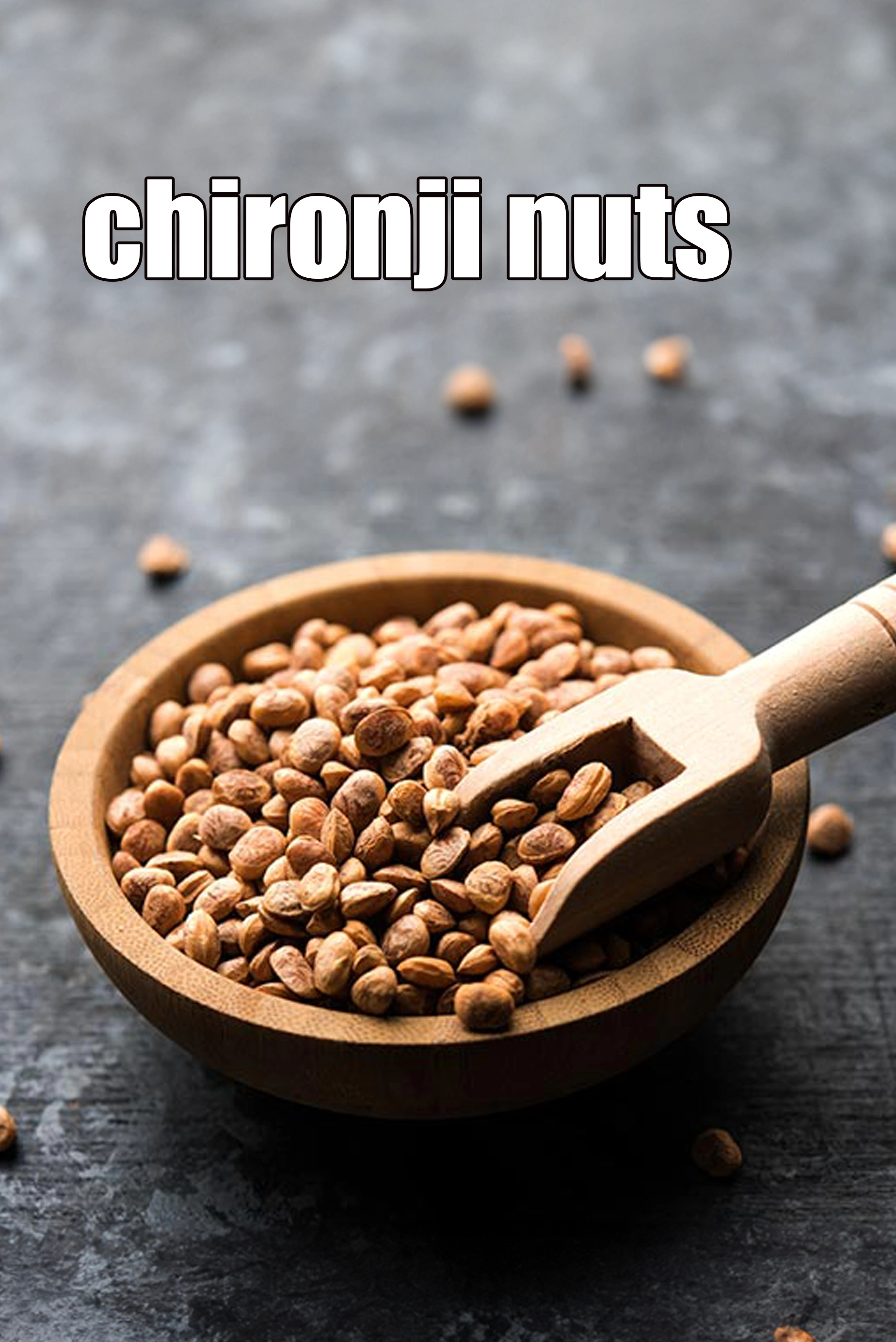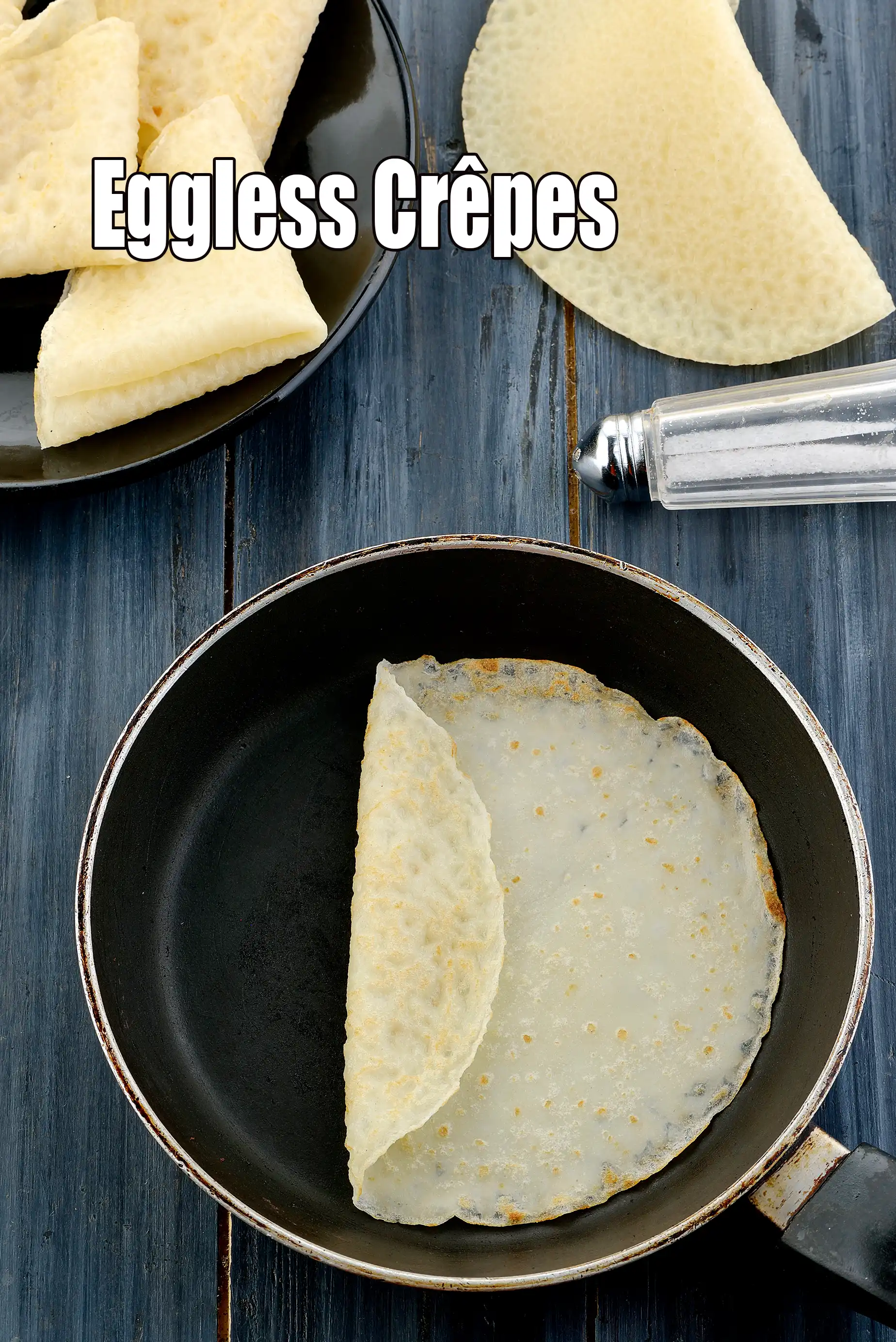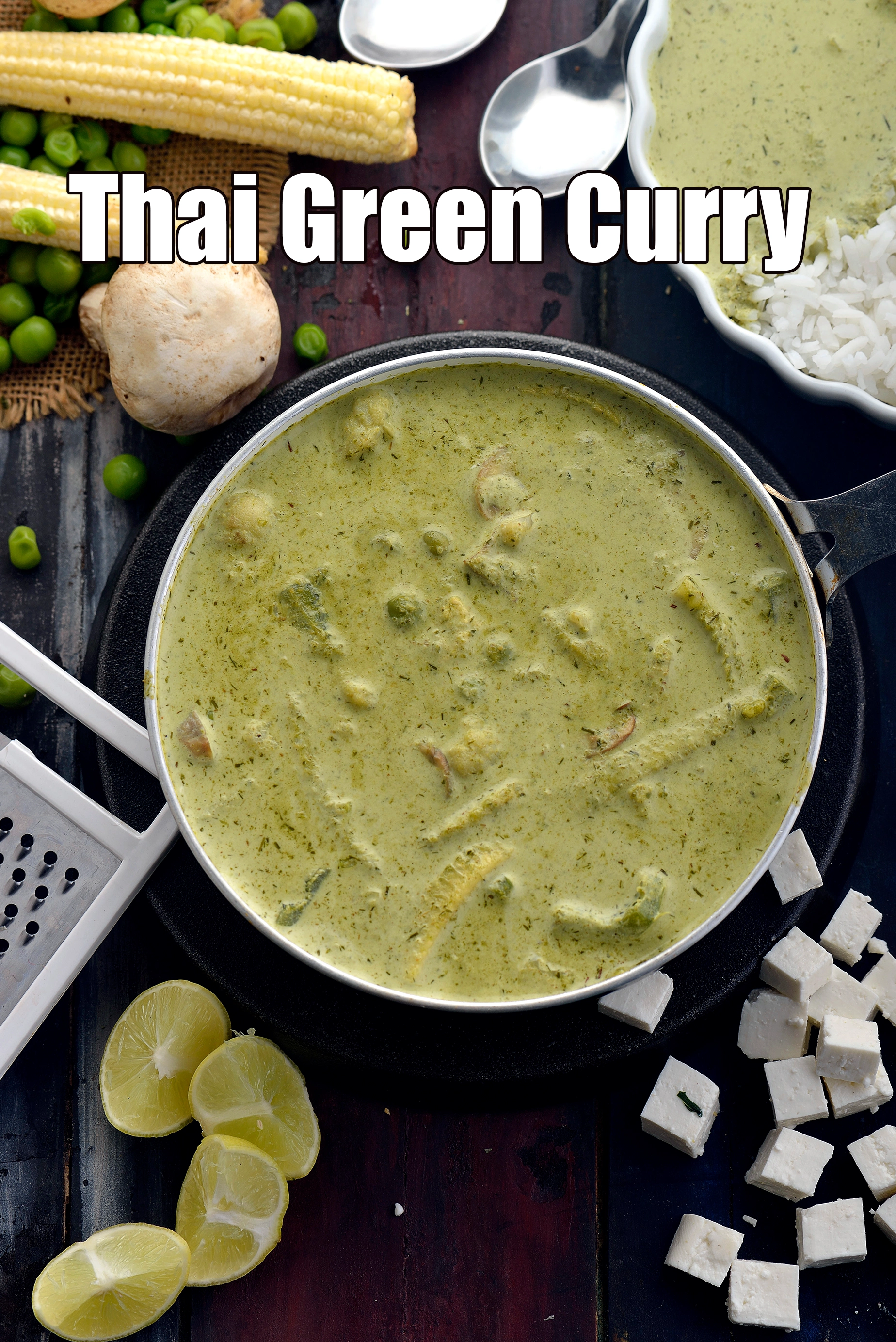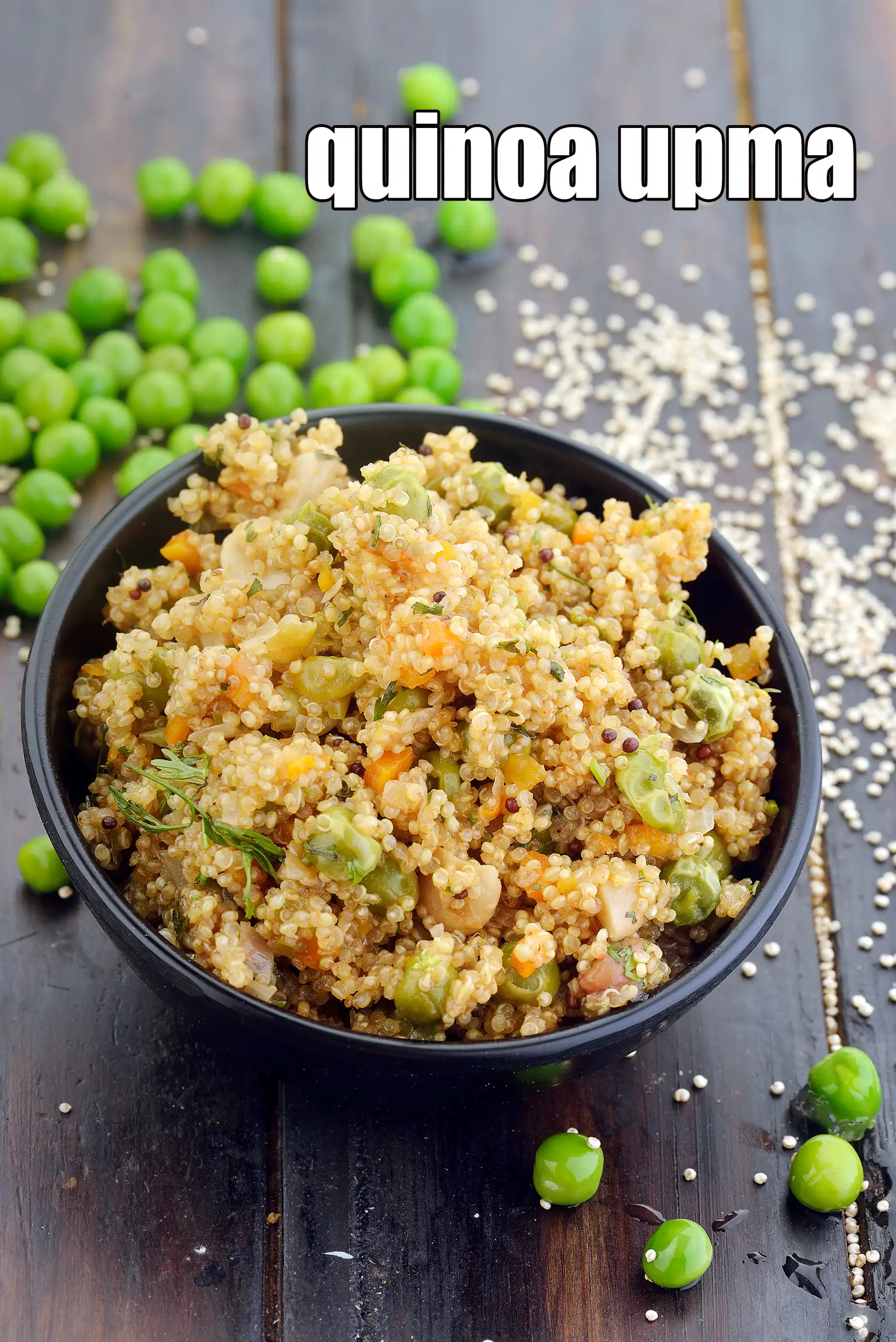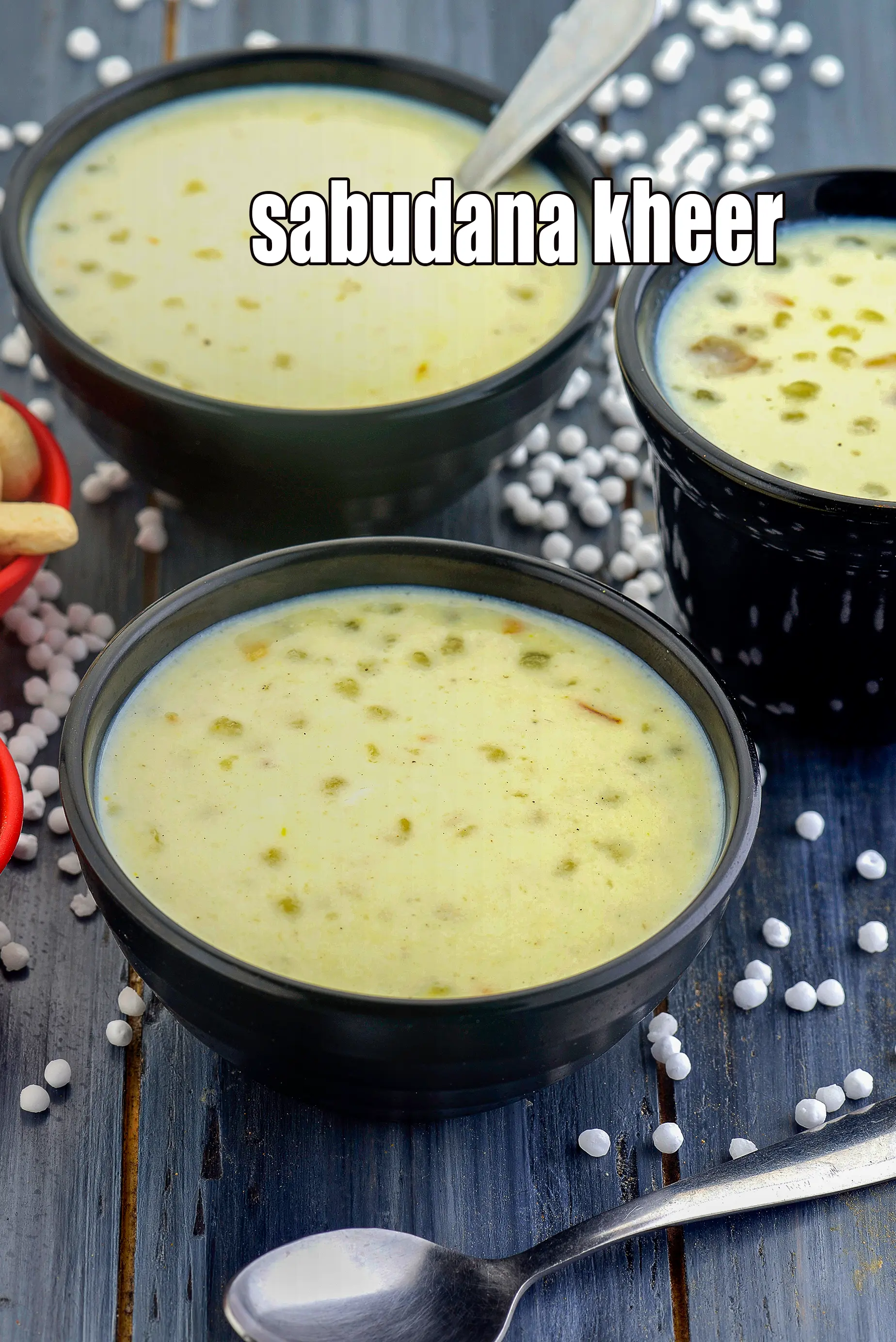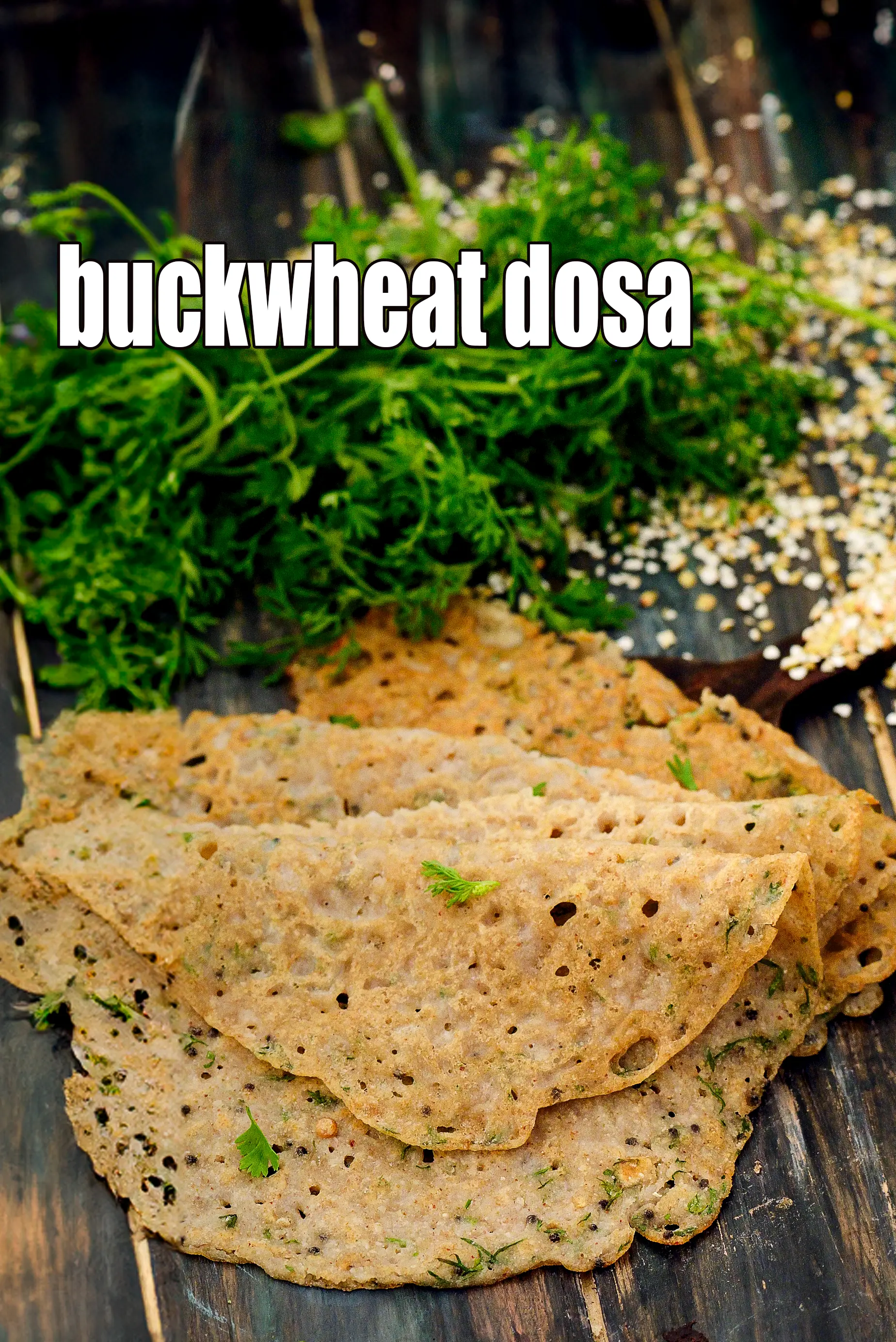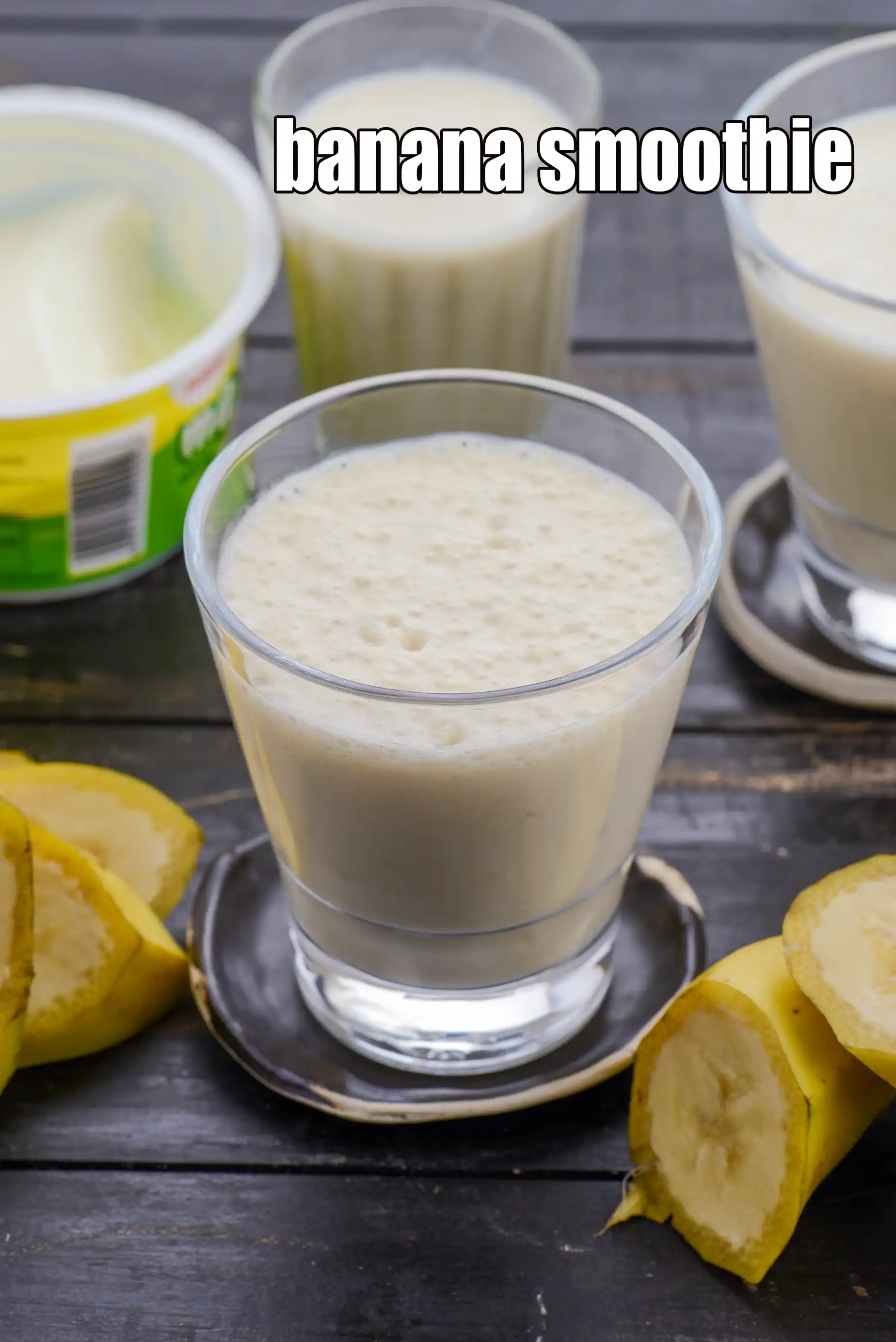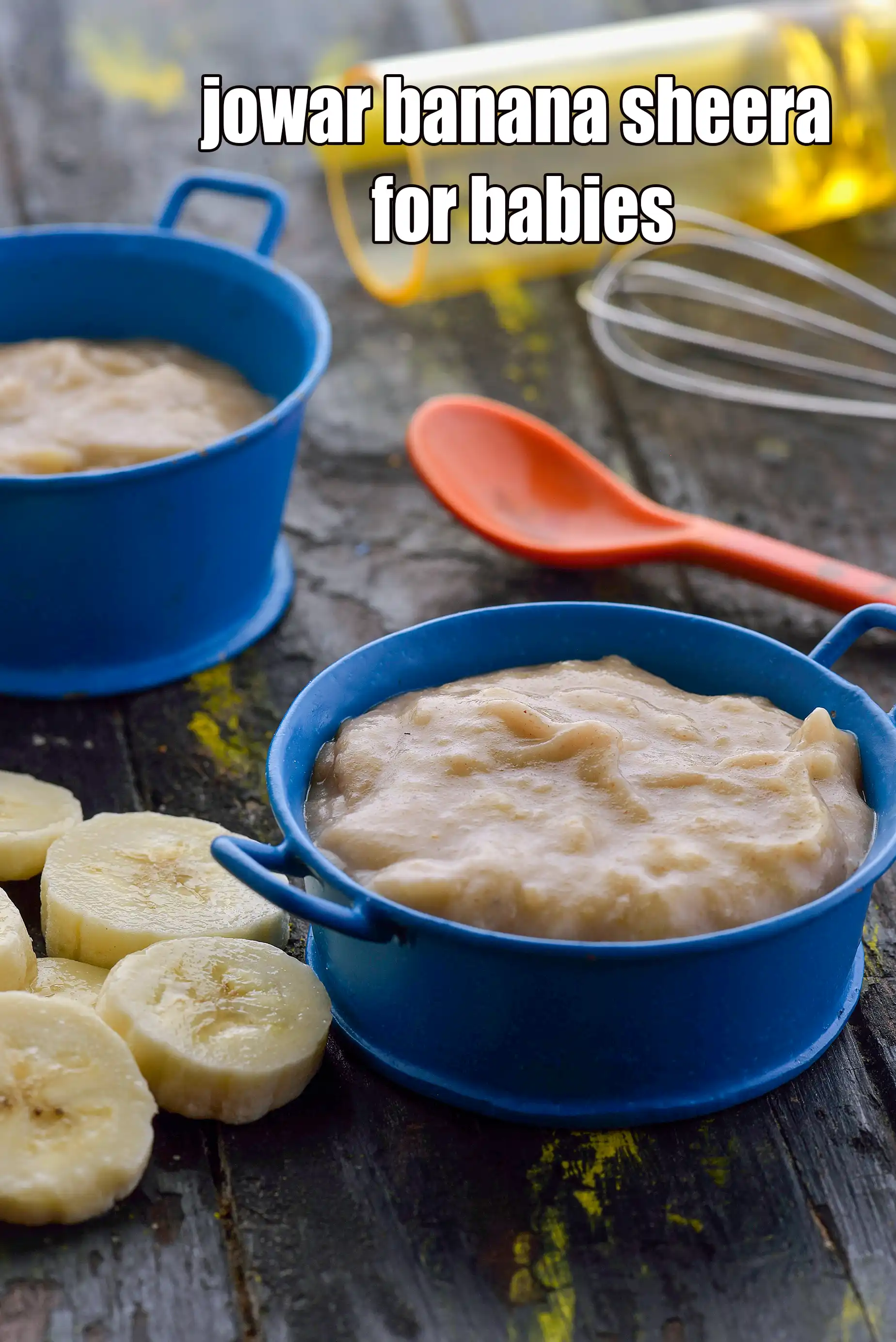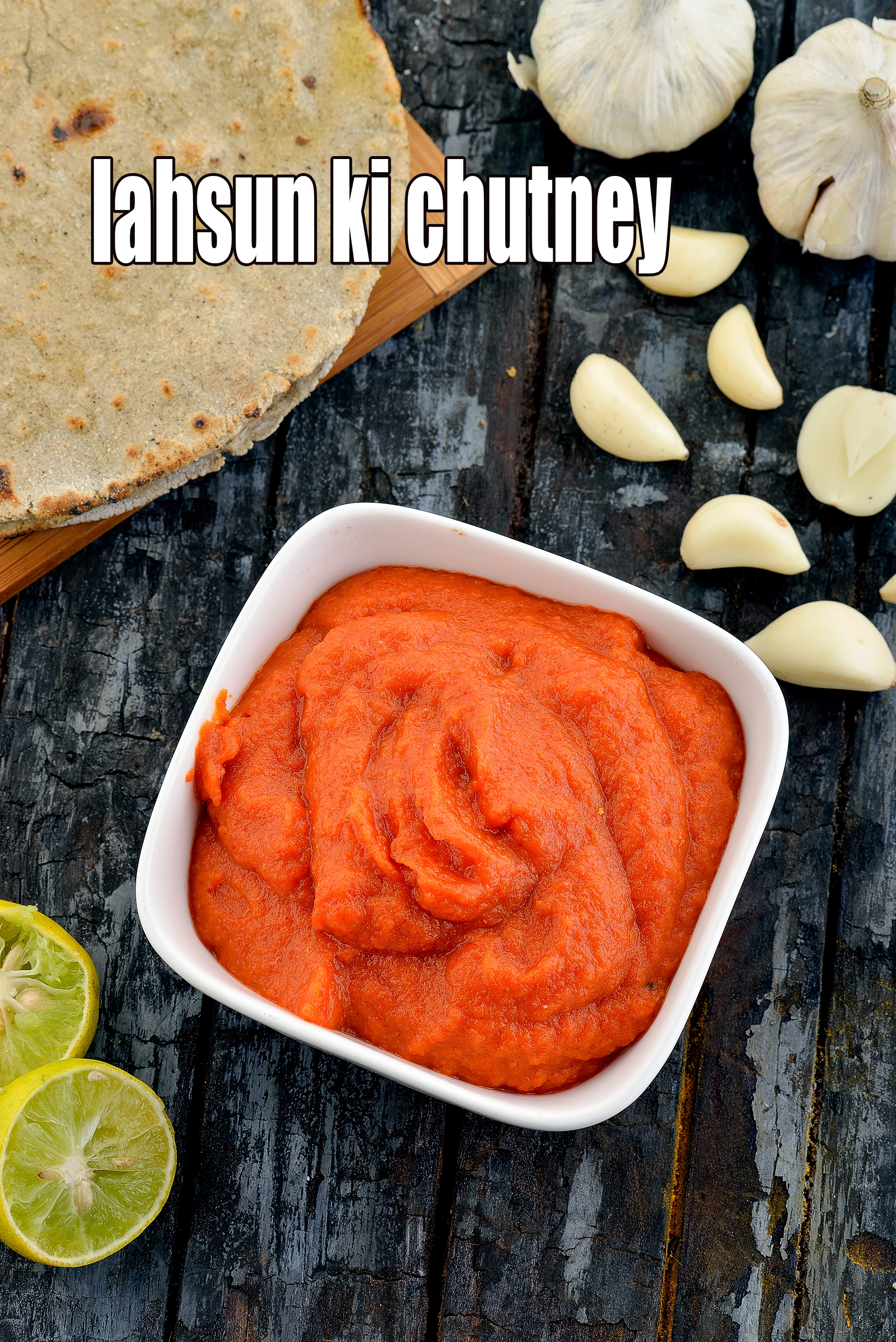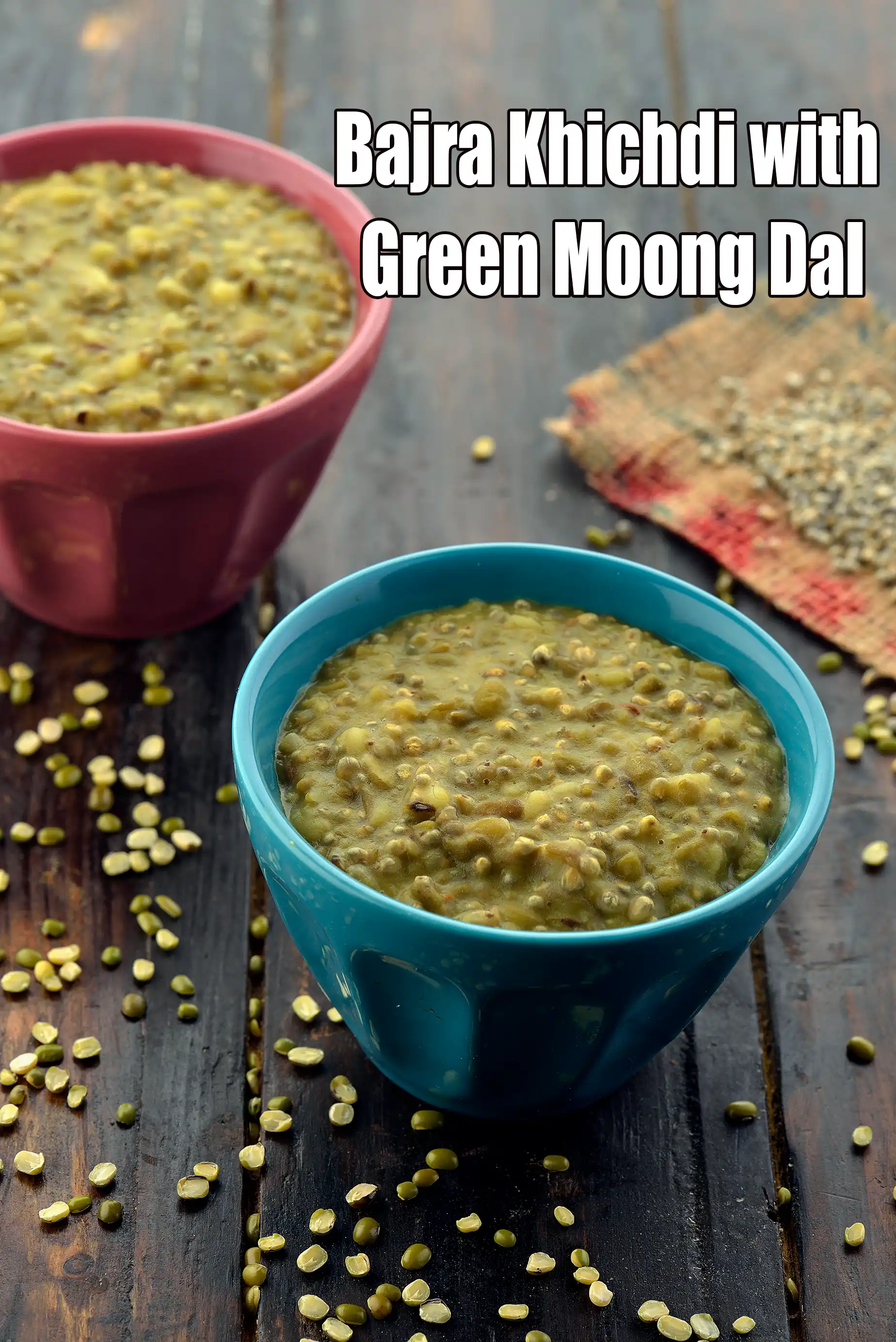coconut
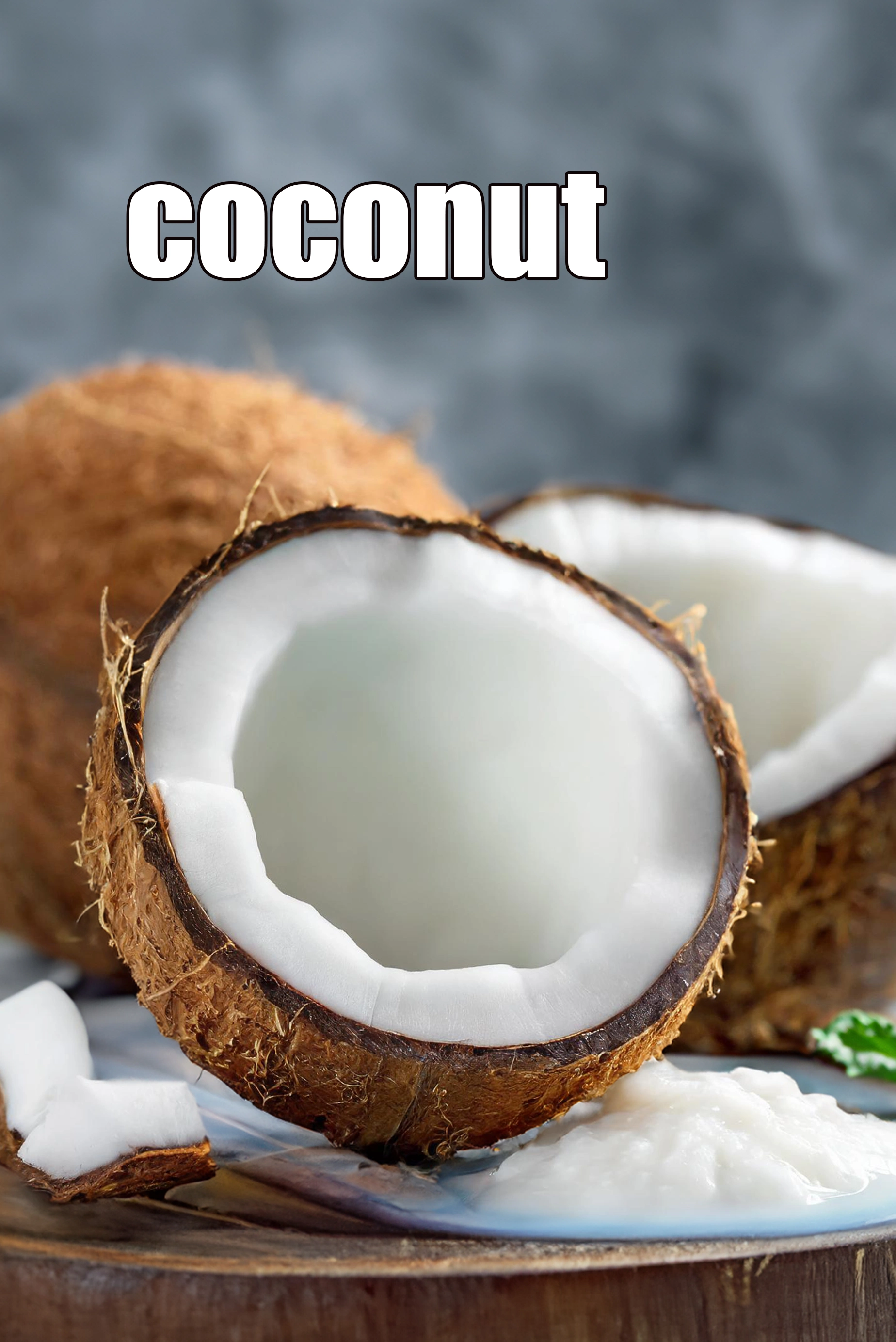
Table of Content
What is coconut, nariyal? glossary, uses, benefits
The coconut, universally known as nariyal across India, holds an unparalleled position in the country's cultural, culinary, and economic landscape. Far more than just a fruit, it is considered a symbol of auspiciousness and prosperity, deeply interwoven into the fabric of daily life, particularly in the coastal states. Its versatility is astounding, finding its way into diverse applications from sacred rituals to staple foods, making it truly indispensable in the Indian context.
In South India, the coconut reigns supreme in the culinary world. It forms the backbone of countless traditional dishes, imparting a distinctive richness and flavor. From the creamy gravies of Kerala and Karnataka to the tangy chutneys (nariyal chutney) served with idli and dosa, its presence is ubiquitous. Coconut milk is a fundamental ingredient in curries, stews, and desserts, while coconut oil is the primary cooking medium, lending a unique aroma and taste that define the regional cuisine. Grated coconut is also widely used as a fresh garnish, adding texture and freshness to various preparations.
Beyond the south, the coconut's culinary footprint extends across other Indian regions, though perhaps with varying intensity. In West Bengal, it's known as narkel and features prominently in sweets like narkel nadu(coconut laddoo) and certain fish preparations. Along the western coast, in states like Maharashtra and Goa, nariyal is a key ingredient in Konkani and Malvani cuisines, particularly in seafood curries and vegetarian dishes. Its subtle sweetness and ability to bind flavors make it a versatile addition to both savory and sweet recipes nationwide.
Beyond the kitchen, the coconut holds profound religious and cultural significance throughout India. It is considered a sacred fruit (shreephal) and is an integral part of almost all Hindu rituals, ceremonies, and festivals. Breaking a nariyal symbolizes breaking the ego, offering it to deities represents devotion and new beginnings, and its presence at weddings, housewarmings, and inaugurations is believed to bring good fortune, fertility, and purity. It's a universal symbol of good luck and is often offered before starting any new venture.
The utility of the coconut extends far beyond culinary and religious realms, permeating into various industrial and domestic uses. Coconut oil, extracted from the dried kernel, is not only a cooking oil but also widely used for hair and skincare, deeply rooted in traditional Ayurvedic practices. The fibrous husk yields coir, a versatile material used to make ropes, mats, brushes, and even eco-friendly bedding. The hard coconut shell is repurposed into utensils, bowls, and decorative crafts, while the sturdy coconut leaves are traditionally woven into thatch for roofs and used in various handicrafts.
Economically, coconut cultivation is a significant industry, particularly in states like Kerala, Tamil Nadu, Karnataka, and Goa, where vast plantations contribute substantially to the agricultural sector and provide livelihoods for millions. The entire coconut palm is revered as a "kalpavriksha" or "tree of life" due to its ability to provide nearly everything needed for sustenance. Thus, nariyal is not merely a tropical fruit; it is a vital part of India's heritage, economy, and an enduring symbol of its rich cultural tapestry, truly indispensable across the diverse landscape of the country.
Also known as
Nariyal, narial
How to select coconut, nariyal
Choose coconuts that feel heavy for their size, having no cracks and avoid those whose circular indented eyes are damp, moist or moldy. Shake the coconut. It should slosh with liquid and sound full.
Culinary Uses of coconut, nariyal
· Coconut Spread is a very innovative spread and versatile. It is made by grinding the dried flesh of mature coconuts. Because the meat of the coconut is so high in oils, the result is a delicious thick paste, very similar to sesame tahini and it is shelf stable. This spread contains over 60% medium chain fatty acids known for their antibacterial, antiviral, antiparasitical and energy giving properties.
· One medium coconut will yield 3 to 4 cups of grated meat. To extract the juice of the coconut (not to be confused with coconut milk), pierce two of the three indentations, or eyes, at one end with an icepick. An average mature coconut yields about 240ml. of coconut cream and 360ml of coconut milk.
· Sliced or chopped coconut can be added to preparations like wadas, sambhar etc to enhance its taste.
· Grated coconut forms the basis of South Indian cooking to make gravies, curries etc.
· Coconut is shredded or flaked for use in baked goods or candies.
· Coconut milk, cream, water etc are use in recipes as flavor enhancers.
· Coconut can be used to make chutneys, podis, sweets like pongal, barfi etc.
How to store coconut, nariyal
Fresh unopened coconuts can be stored at room temperature for up to four months, depending on its original freshness when purchased.
Health benefits of coconut, nariyal
1. Potassium Rich : Coconut water is high in Potassium and forms a great electrolyte. One cup of coconut water has 480 mg of Potassium.
2. Low in Calories : One cup of coconut water (200 ml) is only 48 calories. There is zero fat in the water.
3. Lowers Blood Pressure : Potassium is critical for those with High Blood Pressure as it lessens the impact of sodium. Eating more Potassium Rich Foods will remove more sodium from your body through urine.
4. Lowers Cholesterol : Due to the presence of potassium, calcium and magnesium in Coconut water, it is believed to lower cholesterol and maintain a healthy heart.
5. Low Carbs : If your on a low carb diet, this is a perfect healthy drink as one cup of coconut water contains only 8 grams to Carbs. Most importantly, these are healthy carbs and good for everyone.
6. Detoxification : Coconut water provides the hydration and electrolytes to detoxify our body. By eating processed food toxins build in our body and with lower water levels the detox organs of our body, liver and kidney don’t function properly. So coconut water will help cleanse the toxins and rehydrate the body.
7. Rich in Magnesium : Magnesium helps maintain nerve function and normal heartbeat. Also it helps in the metabolism of Calcium and potassium.
8. Good for Endurance Athletes : Those who train for an hour plus find the recovery of the hard training faster by having coconut water which gives you the necessary electrolytes. Coconut water carries nutrients and oxygen to cells and naturally replenish your bodys fluids after exercising. Thats why you see lots of runners and bikers lined up at coconut water stands.
9. Breastfeeding Moms : Since Coconut water is packed with electrolytes it helps nursing moms stay hydrated which helps produce more milk.
10. Good for Diabetics : Since it has a very low glycemic index of 3, its a healthy drink for Diabetics as it does not lead to a spike in blood sugar levels.
9 Health Benefits of Coconut Milk
1. Coconut milk is Lactose and grain free: Coconut milk ticks three boxes for those who follow a free, lactose free and grain free diet.
2. Lowers Blood Pressure : Coconut milk contains the mineral that enables our blood to flow smoothly and hence resulting in lower blood pressure which is always good for you. Your blood vessels will be elastic and reduce plaque build up.
3. Improves Endurance : Coconut milk is a medium chain triglyceride fatty acid which gets absorbed into the body easily as they are not processed through your stomach. Also being a good fat, it provides more energy over a longer period of time resulting in better performance.
4. Weight Loss
: By drinking coconut milk which has good fat or having it in the form of a curry, it will keep you fuller and healthier for a longer time. But remember to control the portion to not go overboard on calories.
5. Rich in Electrolytes : My favourite way to have Coconut Milk is to have a good smoothie. Avocado Coconut Mil Vegan Smoothie that provides all the energy and electrolytes.
6. Healthy Hair and Healthy Skin : Coconut milk is a MCT fatty acids which have antibacterial and antiviral and they help counter wounds, keep the smooth elastic and keep dandruff at bay.
7. Rich In Vitamins : Coconut milk is rich in Vitamin C, Vitamin E and many other B vitamins. These vitamins are good antioxidants which help fight free radicals and thereby reduce the risk of most major diseases.
8. Rich in Minerals : Coconut milk is rich in Magnesium, Potassium and Phosphorus. Magnesium is good to maintain nerve function and good for formation of bones while potassium provides the electrolytes.
9. Boon for Irritable Bowel Syndrome, IBS : Coconut milk has been researched and suggested healthy for the gut and thus a healthy addition for those suffering from IBS (Irritable Bowl Syndrome).
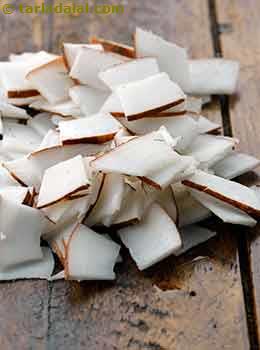
sliced coconut
Cut the coconut in half. Slice using a sharp knife by cutting vertically across the cutting board. Wedge them thinly or thickly as the recipe requirement, can used as a garnish or used in sambhar or dal preparations. It can also be deep fried and added to Chivda.
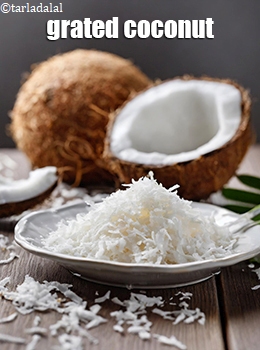
grated coconut
Break open the coconut and separate out the water. Place each coconut halve on a garter and grate it thinly or thickly as required by the recipe. Thickly grated can be used to make sauce or just simply added to vegetables during saut?. Thinly grated coconut can be added to beverage or in salad.
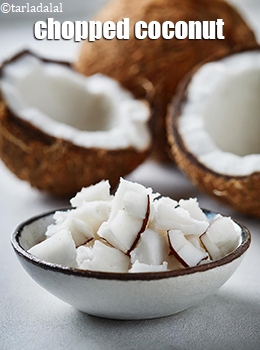
chopped coconut
Cut the coconut in half. Remove the coconut from its shell. Using a sharp knife cut it into half from the centre. Cut the half portion into another half and make vertical slits at regular intervals (approximately ? inch in diameter). Line all the vertical pieces together and then make horizontal slits at regular intervals (approximately ? inch in diameter). If the recipe calls for the ingredients to be "roughly chopped," make the pieces slightly larger.
.webp)
grated and roasted coconut
Coconut can be grated into thin or thick shreds using a grater. One can also use coconut grater which is especially designed to grate coconut directly from its shell. After grating, place them in a non-stick pan and dry roast on a medium flame till they turn little dry and pink in colour. Cool and store in an air-tight container or use as required.
coconut flakes
.webp)
coconut paste
For any South Indian dishes, coconut paste is a must. It adds flavour, thickness and taste to the food cooked. The way you grind it and the amount of water added or if you have touched, everything matters. There are two ways you can go about doing this, either by chopping the coconut meat to small pieces or by grating and then making a paste of it. Grating the coconut using the traditional Indian instruments is quite daunting. For making the paste, take enough quantity and grind to a smooth paste. You should not add water; if required; just add a teaspoon for it to run. Other ingredients like ginger, garlic, green chilly etc can also be added while grinding. Coconut Paste is used in many dishes in Malaysia as an additional flavour, especially as a base of Indian Curry. It can make your dishes more delicious and appetizing. Coconut Paste might be a little bit hard in condition; it is natural as the oil is separated from the paste. It suggests that mix well before using it.

Related Recipes
Coconut Chutney ( Idlis And Dosas)
Dabeli ( Mumbai Roadside Recipes )
Modak, Steamed Modak, Ukadiche Modak For Ganesh Chaturthi
Oondhiya, Undhiyu, Gujarati Undhiyu Recipe
Khaman Dhokla, Soft Gujarati Khaman Dhokla
More recipes with this ingredient...
coconut (397 recipes), sliced coconut (3 recipes) , grated coconut (345 recipes) , chopped coconut (9 recipes) , grated and roasted coconut (0 recipes) , coconut flakes (4 recipes) , coconut paste (0 recipes)

Related Glossary
Follow US
Recipe Categories
- Vitamin B12 Cobalamin Rich Recipes 33 recipes
- Low Calorie, Weight Loss Indian Recipes 421 recipes
- Low Cholesterol Indian Recipes 308 recipes
- Healthy Indian Breakfast 372 recipes
- Indian Diabetic recipes 558 recipes
- Indian Pregnancy recipes 461 recipes
- Zero Oil Indian Recipes 133 recipes
- Iron Rich Indian recipes 267 recipes
- Healthy Indian Acidity recipes 133 recipes
- Healthy Sabzis 108 recipes
- Indian Healthy Veg Snack 276 recipes
- Healthy Heart Recipes 415 recipes
- Healthy Veg Indian Soups 74 recipes
- Calcium Rich Indian Recipes 372 recipes
- High Blood Pressure Indian Recipes 101 recipes
- Healthy Indian Salads Recipes 137 recipes
- Low Carb Indian Diet, recipes 161 recipes
- Hypothyroidism Diet 62 recipes
- Arthritis Diet 68 recipes
- High Protein Indian recipes 93 recipes
- Vitamin K Diet 42 recipes
- Fatty Liver Diet 30 recipes
- PCOS 136 recipes
- Gluten Free Veg Indian 195 recipes
- High Fiber 328 recipes
- Indian Cancer Patients 275 recipes
- Jaundice Diet 45 recipes
- Sprouts 61 recipes
- Typhoid 43 recipes
- Irritable Bowel Syndrome (IBS) 20 recipes
- Kidney Stone Diet 9 recipes
- Home Remedies 213 recipes
- Senior Citizen 195 recipes
- Healthy Indian Drinks and Juices 213 recipes
- Diet for Dialysis 10 recipes
- Gout Indian Recipes 17 recipes
- Potassium Rich 80 recipes
- Vegan 195 recipes
- Indian recipes to treat Vomiting 8 recipes
- Forever Young Diet, Anti Aging Indian Diet 255 recipes
- Vitamin B1 Rich Indian Foods, Recipes 101 recipes
- High in Omega 3 Fatty Acids 31 recipes
- Antioxidant Rich Indian 445 recipes
- Zinc Rich Foods 55 recipes
- Vitamin A Rich, Beta Carotene, Retinol 88 recipes
- Malaria Diet 18 recipes
- Healthy Indian Dinner 85 recipes
- Magnesium Rich 94 recipes
- Vitamin C Rich Indian recipes 118 recipes
- Low Veg Glycemic Index 86 recipes
- Lower Blood Pressure Salads 8 recipes
- Healthy Indian Lunch Recipes 29 recipes
- Lactation 25 recipes
- Vitamin E Rich 51 recipes
- Hyperthyroidism Diet 47 recipes
- Vitamin B3, Niacin Rich 41 recipes
- Post Surgery Diet 42 recipes
- Selenium 27 recipes
- Lower Blood Pressure Desserts Sweets 14 recipes
- Phosphorus Rich Indian Recipes, Foods 74 recipes
- Copper 15 recipes
- Foods Rich in Vitamin B2 Riboflavin 22 recipes
- Vitamin B6 Diet 36 recipes
- Vitamin B9 Rich Folate 50 recipes
- B Vitamins 231 recipes
- Marathoners, Endurance Athletes, Triathlete 225 recipes
- Manganese Diet 32 recipes
- Thalassemia 18 recipes
- Detox Water, Fruit Infused Water 42 recipes
- Lactose Free Dairy Free 22 recipes
- Omega 6 Fatty Acids 32 recipes
- Phytonutrients 51 recipes
- Chronic Kidney Disease Indian recipes 11 recipes
- Selenium1 0 recipes
- Quick Snacks / Quick Starters 385 recipes
- Quick Breakfast Indian 131 recipes
- Quick Sabzis 117 recipes
- Quick Rotis / Parathas 46 recipes
- Quick Indian Sweets 139 recipes
- Quick Stir-Fries 51 recipes
- Quick Vegetarian Indian Soups 72 recipes
- Quick Chutneys 67 recipes
- Quick Vegetarian Rice, khichdi Recipes 56 recipes
- Indian snacks under 10 minutes 44 recipes
- Quick Indian Dips, Gravies & Sauces 104 recipes
- Quick Veg Indian Pizza 17 recipes
- Quick Veg Pasta 25 recipes
- Quick Pickles / Aachar 25 recipes
- Quick Dals / quick Kadhis 29 recipes
- Snacks under 5 minutes 33 recipes
- Quick Healthy Recipes 43 recipes
- Quick Pressure Cooker 46 recipes
- Quick Desserts 47 recipes
- Quick 3 Ingredients 63 recipes
- Quick Indian Desserts 20 recipes
- Quick 4 Ingredients 41 recipes
- Quick 5 Ingredients 42 recipes
- Kids Tiffin Box 319 recipes
- Recipes for Toddlers (1-3 Years) 32 recipes
- Sweet Recipes for Kids 456 recipes
- Recipes for Baby (10 to 12 Months) 17 recipes
- Quick Indian recipes for Kids 72 recipes
- Indian Breakfast Recipes for Kids 192 recipes
- Recipes for Weaning (8 to 9 months) 22 recipes
- Healthy Foods for Kids 196 recipes
- Snack Recipes for Kids 619 recipes
- Recipes Kids can make 36 recipes
- Kids After School 794 recipes
- Kids Jar Snacks 66 recipes
- Finger Foods for Babies, Toddlers and Kids 76 recipes
- Kids Weight Gain 43 recipes
- Kids Wraps and Rolls 23 recipes
- Kids Veg Pasta 27 recipes
- Kids Brain Boosting 68 recipes
- Protein rich food for kids 69 recipes
- Recipes for Weaning 15 recipes
- Kids Pizzas 30 recipes
- Babies, Toddler and Kids Iron Rich Foods 31 recipes
- High Fiber Foods for Kids 39 recipes
- Kids Noodles 37 recipes
- Kids High Energy Indian Foods 103 recipes
- Kids Calcium Rich Indian recipes 91 recipes
- Babies recipes, 6 to 18 months 34 recipes
- Kids Recipes for Increasing Immunity 10 recipes
- Kids Weight Loss 58 recipes
- Teething Recipes for Babies 10 recipes
- Cereals and Pulses for 8 to 9 months Baby 8 recipes
- Weaning foods at 7 months 12 recipes
- Indian Teen 315 recipes
- Starters / Snacks 2138 recipes
- Indian Breakfast Recipes 819 recipes
- Main Course Recipes 925 recipes
- Indian Salads 385 recipes
- Indian Desserts , Sweets 985 recipes
- Indian Soups 249 recipes
- Indian Beverages, Indian Drinks 483 recipes
- Indian Dinner 903 recipes
- Indian Dinner1 0 recipes
- Indian Lunch 830 recipes
- Side Dishes 449 recipes
- Indian Travel Food 433 recipes
- Indian Barbeque1 recipes 22 recipes
- Frozen Foods, Indian Freezer Recipes 67 recipes
- Whole Wheat Recipes 56 recipes
- Indian Comfort Foods 212 recipes
- Dinner Menus 56 recipes
- Easy Indian Veg 70 recipes
- Innovative Indian Recipes 27 recipes
- No Cook Indian 37 recipes
- Advanced Recipes 10 recipes
- Cakes with Eggs 13 recipes
- Microwave 229 recipes
- Oven 619 recipes
- Indian Steamer Recipes 102 recipes
- Kadai Veg 407 recipes
- Indian Barbeque Recipes 43 recipes
- Sizzler tray 15 recipes
- Mixer 566 recipes
- Pressure Cooker 315 recipes
- Tava 646 recipes
- Non-stick Pan 1393 recipes
- Indian Freezer recipes, meals 57 recipes
- Appe Mould 18 recipes
- Pan 223 recipes
- Non Stick Kadai Veg 203 recipes
- kadai Indian 150 recipes
- Refrigerator 176 recipes
- Waffle Indian recipes 6 recipes
- Handi 12 recipes
- Juicer and Hopper 65 recipes
- Grill 31 recipes
- Toaster 21 recipes
- Gas Toaster 8 recipes
- Steam 72 recipes
- No Cooking Veg Indian 335 recipes
- Vegetarian baked Indian recipes 380 recipes
- Boiled Indian recipes 129 recipes
- Deep Fry 259 recipes
- Indian Tawa 266 recipes
- Shallow Fry Indian 25 recipes
- Microwave1 172 recipes
- Saute 273 recipes
- Indian Pressure Cooker 171 recipes
- Stir-fry 100 recipes
- Roasting 0 recipes

